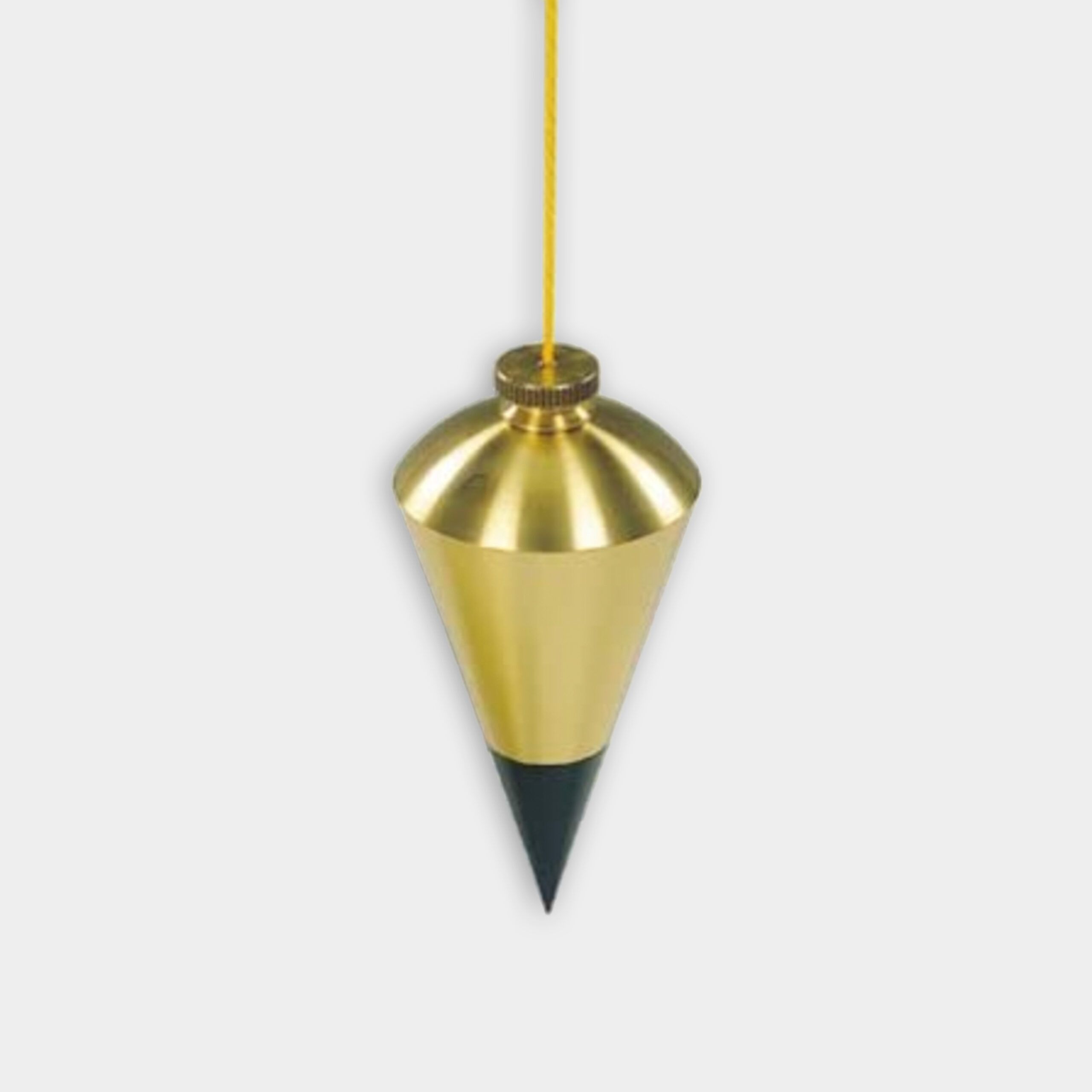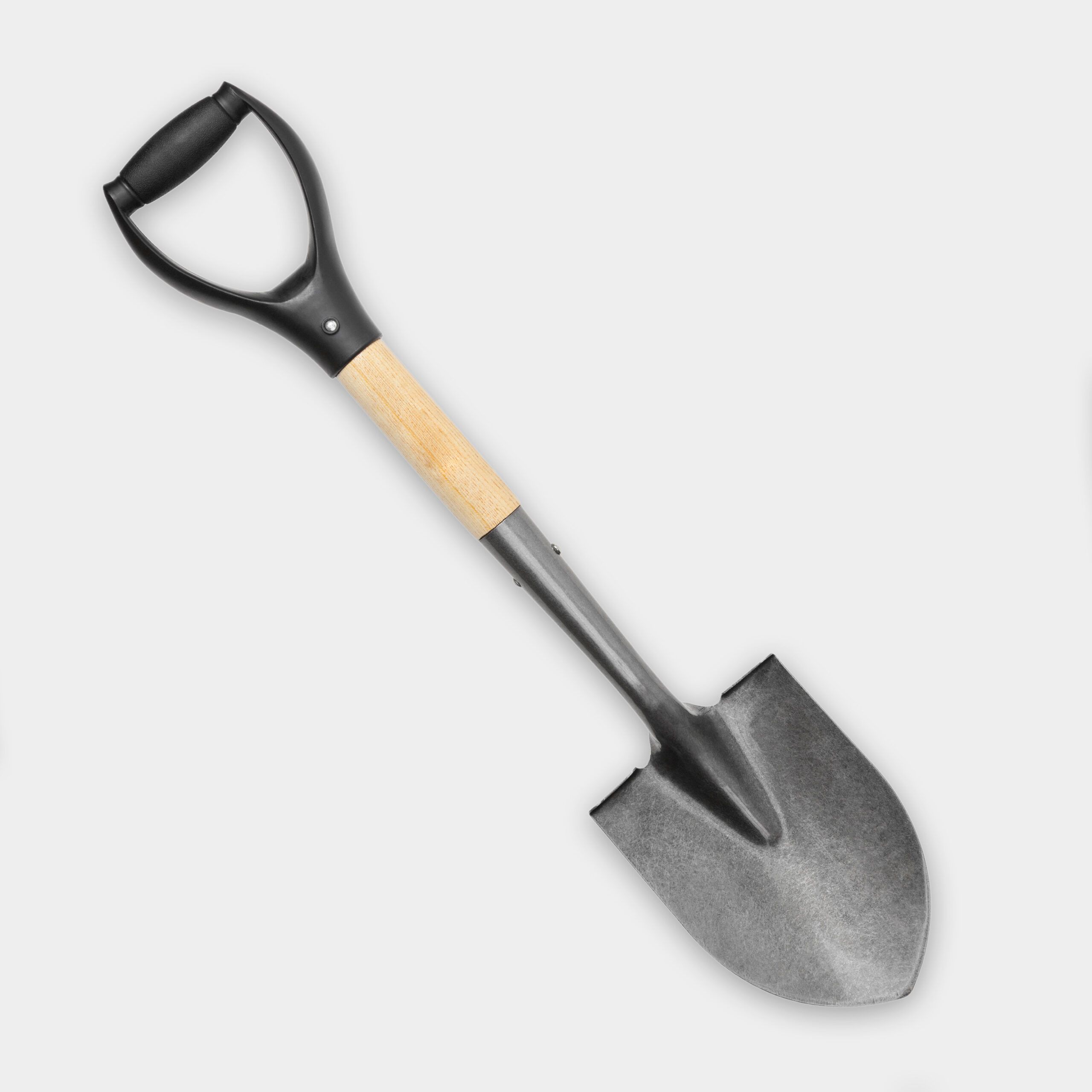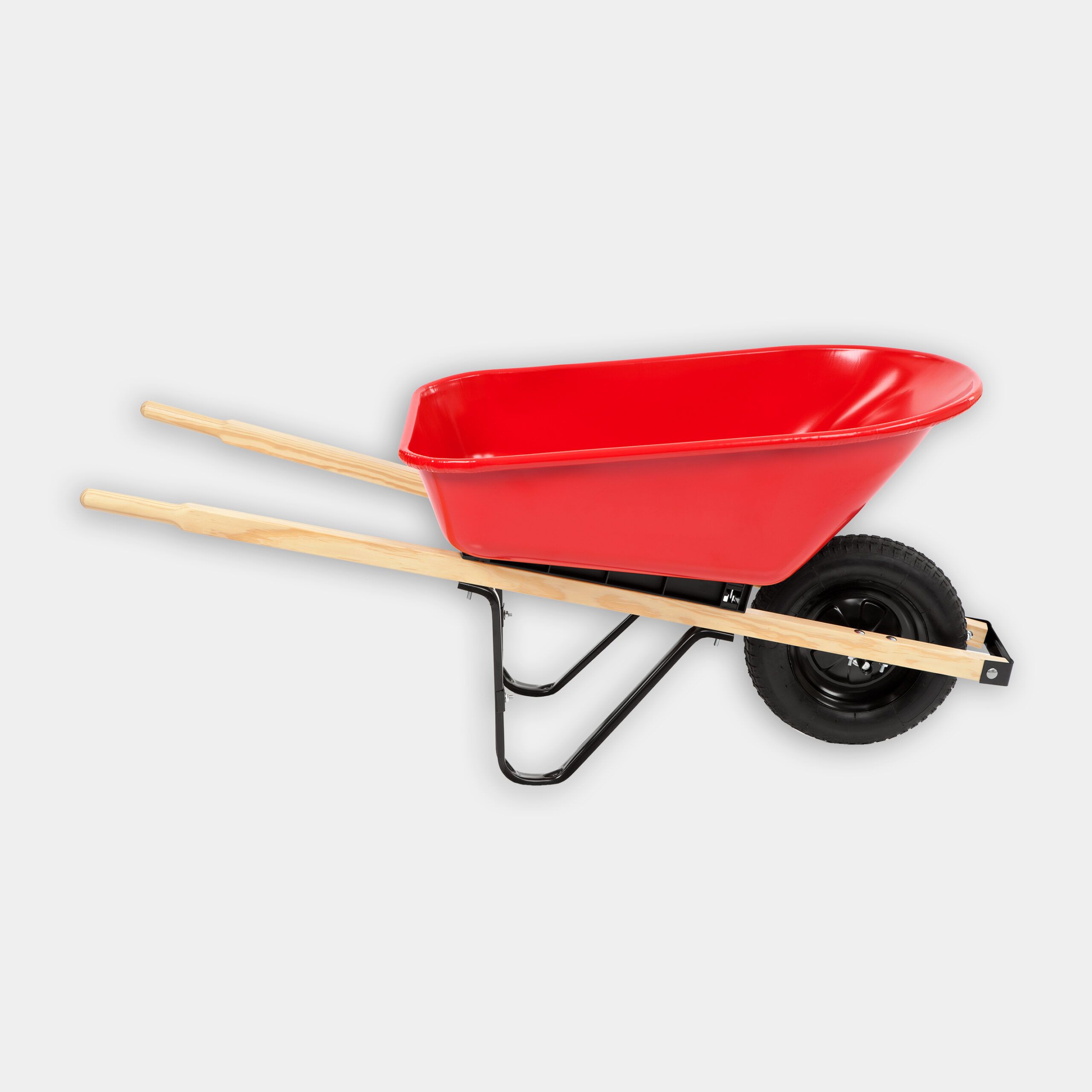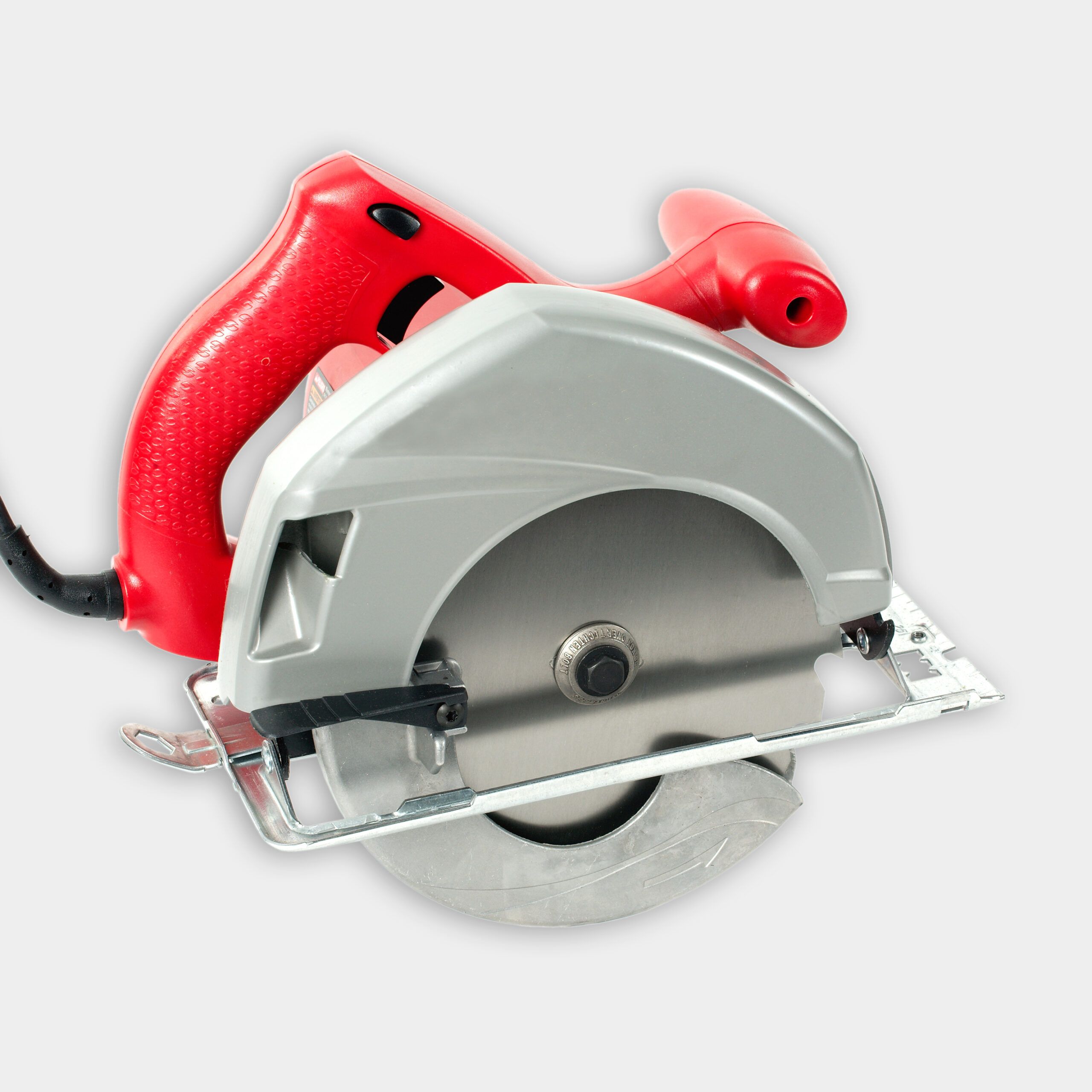Project details
Skill
Cost
Estimated Time
A solid concrete deck footing is essential for building a sturdy and long-lasting deck. In the video above, This Old House general contractor Tom Silva walks a homeowner through the process of digging and pouring concrete supports for a deck. By carefully following the steps in this guide, you can pour your own concrete footing with professional-quality results. Always check local building codes and hire a professional for complex or large-scale projects.
*Unless otherwise noted, costs in this article reflect an average of prices that our team found from hardware stores like Lowes and Home Depot, and on Amazon.com.
Preparing for the Concrete Deck Footing Project
A concrete deck footing is the foundation of the deck and supports its structure by keeping it stable and bearing and transferring the weight to the ground. These footings are typically built below the frost line for additional support during freeze-thaw cycles. Make sure you carefully plan your deck footing design and take into account all factors, including the tools you’ll need and your structural layout.
Tools and Materials
Gather the following tools and materials, making sure they’re all in working order before you begin your project:
- Plumb bob
- Pointed shovel
- Wheelbarrow
- Circular saw
- Concrete mix
- Fiber-form tubes
- Metal reinforcing bars (rebar)
- 2×4 lumber
- Measuring tape
- Level
- Work gloves and safety glasses
Planning and Layout
Careful planning and layout will make your concrete placement and pouring run more smoothly:
- Determine the deck dimensions and post locations.
- Mark the center points for each footing using stakes or spray paint.
- Use string lines to ensure proper alignment of the footings.
- Check local building codes for required footing sizes and spacing. In most cases, deck footings should be at least 4 feet deep or below the frost line, whichever is deeper.
- Check the type of soil you have to determine if extra support will be required for your footings.
Additional Considerations for Concrete Deck Footing
Think about these additional factors when finalizing your footing building plans.
Weather Conditions
Temperature and weather conditions can affect the curing process and the overall quality of the concrete. Plan your project during moderate weather and try to avoid extreme cold or heat. If you have to pour concrete in below-freezing conditions, you might need to use additives that speed up curing or provide temporary protection to keep the concrete from freezing.
Safety Precautions
Handling concrete and the various tools and chemicals used for this project can present potential safety hazards. Always wear appropriate personal protective equipment (PPE), such as gloves, safety glasses, and sturdy footwear. Keep your workspace clear of obstructions when cutting fiber-form tubes and other materials, and never leave tools unattended.
Hiring Professionals
It might be worth consulting with or hiring a professional contractor for complex or large-scale deck projects. Professionals can verify that your footings meet all local building codes and that your deck is structurally sound. While DIY projects are fun and rewarding, an expert hand can help you avoid time demands and costly repairs in the future.
Digging the Deck Footing Holes
Here’s how to dig the holes correctly to create stable footings:
- Lay two long, straight 2x4s on the deck, extending them out to the center of the two footing holes.
- Hang a plumb bob from the end of one 2×4. Set a footing form in place directly below the plumb bob. Adjust the form until it’s centered on the plumb bob.
- Use a pointed shovel to scribe a circle around the form, marking the hole’s circumference.
- Remove the form and dig the hole to the required depth, typically 4 feet or below the frost line.
- Repeat Steps 2 through 4 to create the second footing hole.
- Check that the bottom of the holes are level and free of loose soil.
Installing Deck Footing Forms
Footing forms help create a solid, well-shaped concrete base for your deck posts.
Placing the Forms
- Lower the footing form into the hole, centering it under the plumb bob.
- Check that the form is level in all directions.
- Backfill around the form with soil, tamping it down to secure the form in place.
Adding Fiber-Form Tubes
Fiber-form tubes extend the footing above ground level, making a sturdy column for the deck post. To install:
- Set a fiber-form tube on top of each footing form.
- Measure 8 inches above the surrounding grade and mark this height on the fiber-form tube.
- Cut the tube to length using a circular saw.
- Place the tube on top of the footing form and backfill around it with soil.
- Use the plumb bob to verify the tube is perfectly centered and vertical.
Pouring the Concrete for the Deck Footing
Now that the forms are in place, you can pour the concrete.
Mixing the Concrete
- Follow the manufacturer’s instructions for mixing the concrete in a wheelbarrow.
- Add water gradually, mixing until you achieve a consistency similar to thick oatmeal.
- Mix only as much concrete as you can pour within 30 minutes to prevent premature hardening.
Filling the Forms
- Shovel the wet concrete into each hole, filling to about 12 inches from the top of the fiber-form tubes.
- Insert four 1/2-inch-diameter x 48-inch-long metal reinforcing bars into each tube, spacing them evenly.
- Continue filling the tubes with concrete until they’re full.
Finishing the Pour
- Tap the sides of the tubes with a shovel to help settle the concrete and release any remaining air pockets.
- Use a stick or 1×2 board to poke down into the tube several times to settle the concrete.
- Screed off any excess concrete from the top of each tube using the 1×2 board.
- Smooth the top surface of the concrete with a trowel for a neat, professional finish.
Curing the Concrete and Next Steps for Your Deck
Follow these steps to cure your concrete so it hardens completely and is safe to use.
Allowing the Concrete To Cure
- Leave the concrete to cure for at least two days before proceeding with further construction.
- Keep the concrete moist during this time by covering it with plastic sheeting or damp burlap.
- Avoid walking on or disturbing the area around the footings during the curing process.
Preparing for Deck Construction
Once the footings have cured:
- Remove the fiber-form tubes if you want, or leave them in place for added protection.
- Install post anchors or connectors on top of the footings according to your deck plans.
- Keep the posts of your deck aligned with the footings as you build it.
Tips for Concrete Deck Footing Success
These tips can help you get a more professional-looking outcome:
- Consistent mixing: Make sure to mix your concrete thoroughly, as inconsistent mixing can cause weak spots.
- Prompt work: Concrete starts to set fast, so work quickly once you start mixing.
- Quality materials: Use a high-quality concrete mix and reinforcing materials for durability.
- Regular monitoring: Keep an eye on the curing process to make sure the concrete remains moist and undisturbed.




